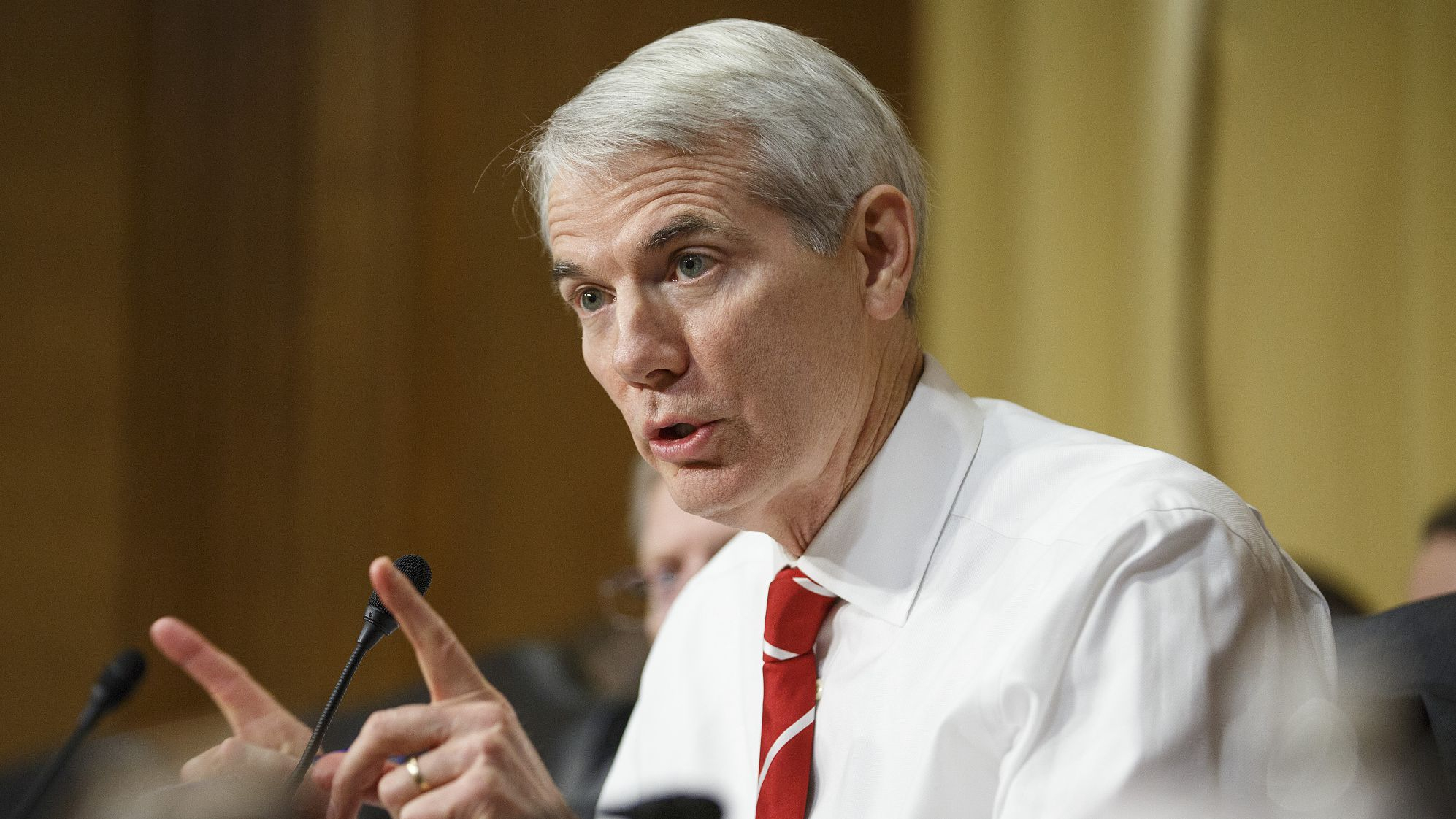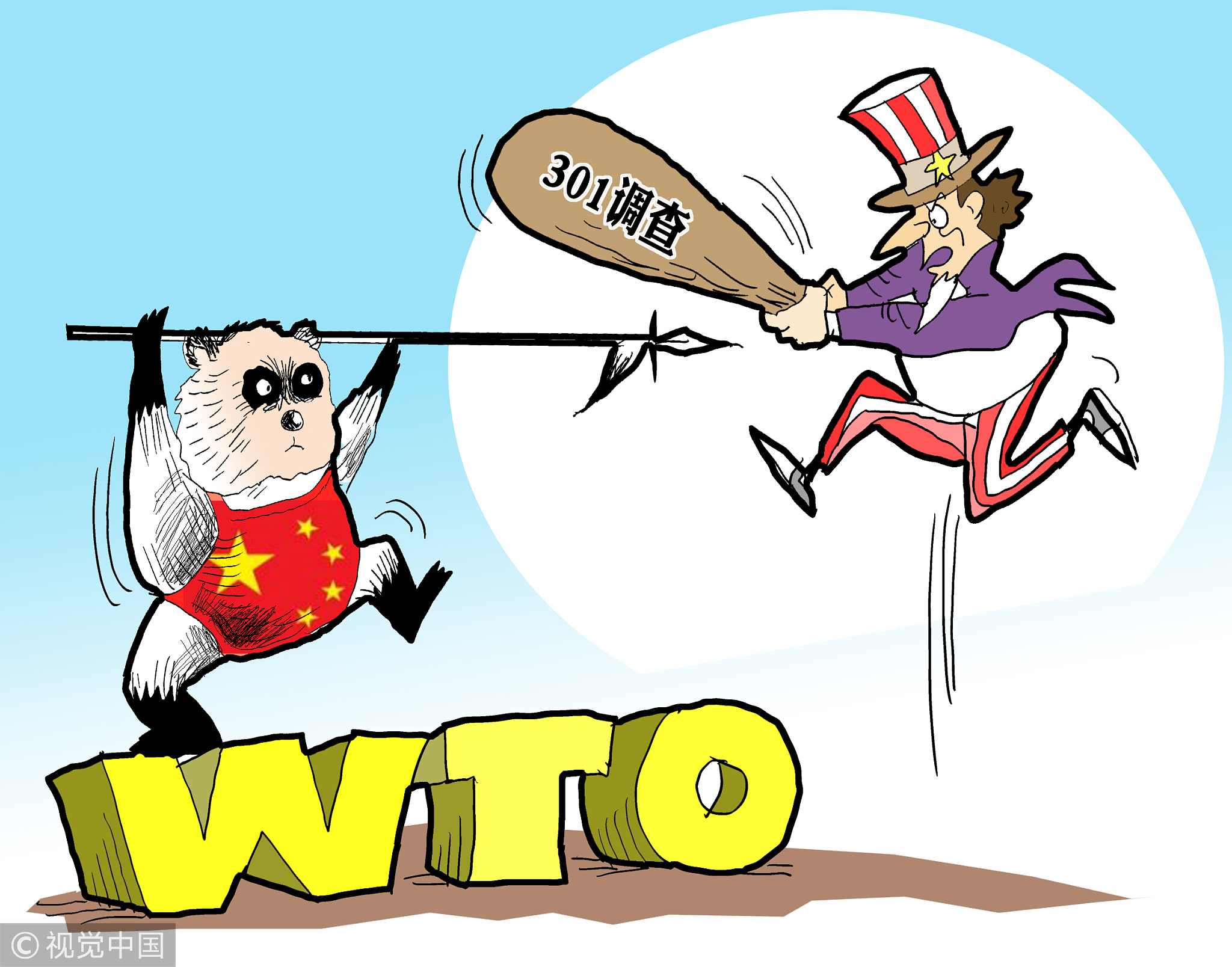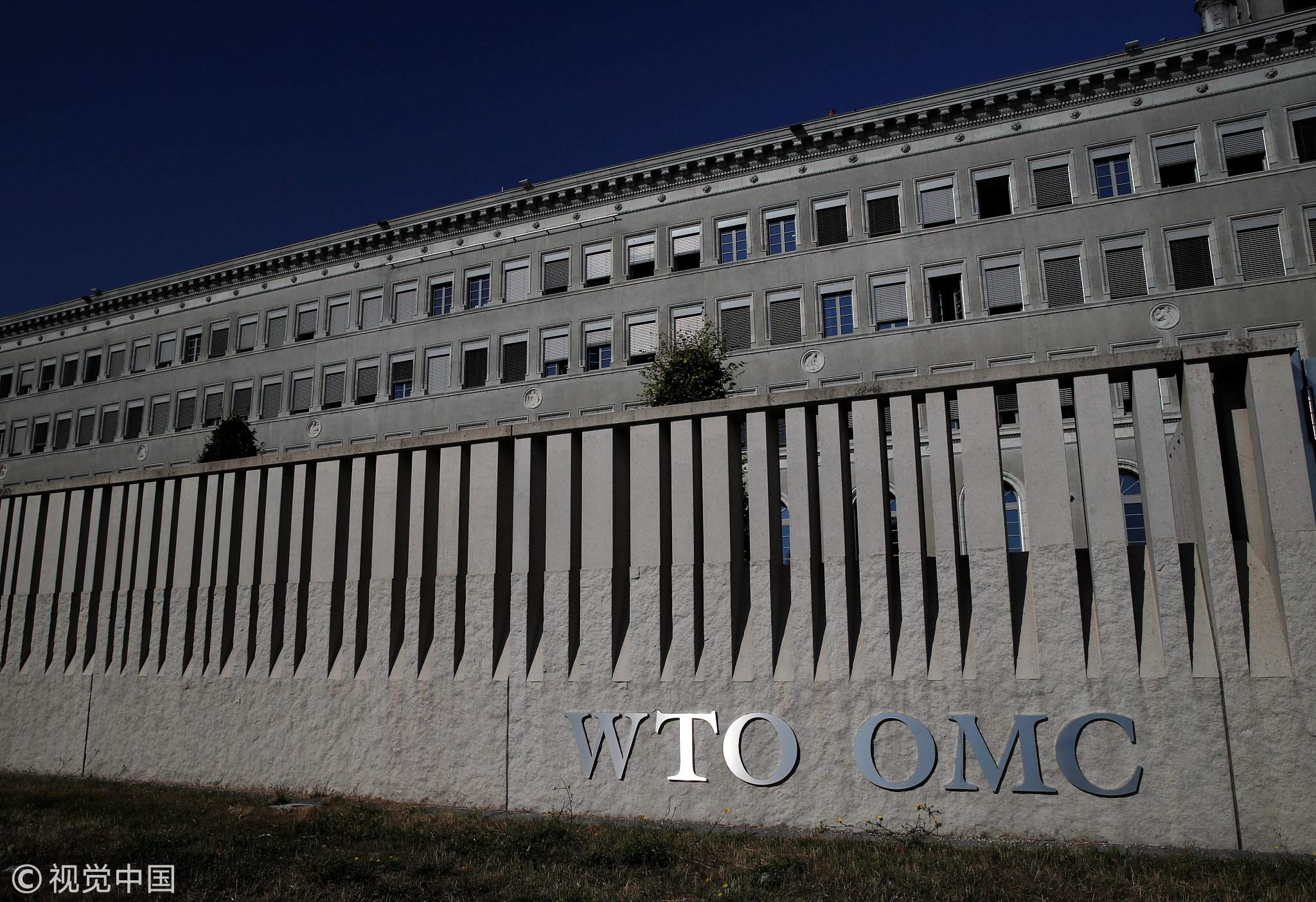
Opinions
17:32, 09-Aug-2018
Opinion: What is Lighthizerism?
Updated
17:08, 12-Aug-2018
Cheng Dawei

Editor's note: Cheng Dawei is a professor at the School of Economics at Renmin University of China. The article reflects the author's opinions, and not necessarily the views of CGTN.
On August 6, “You Live in Robert Lighthizer’s World Now” was published in the journal Foreign Policy. The article introduced what is called Lighthizerism and why Lighthizer (the United States Trade Representative) has launched the US-China trade war.
The article denies that Lighthizer is a protectionist, saying that to call him a “prophet of protectionism,” as some have, gives the false impression of an underlying drive for US autarky, self-sufficiency, or withdrawal from global markets. Nothing could be further from the truth. Lighthizer speaks openly in favor of free trade and comparative advantage.
But he has his own philosophy on trade. Lighthizerism scorns the multilateral approach in favor of bilateralism or deals between two nations to lower barriers. If he likes bilateralism, then Lighthizer may focus on two things theoretically: first, he may deny the MFN principle which is at the core of the WTO rules, he will prefer to use reciprocity as a basic principle of trade law. Second, he uses protectionism in pursuit of free trade, which is the so-called "fair trade."
To get to the endpoint of better access and lower barriers, Lighthizer will see little shame in the use of unilateral action. Diplomatic pressure and legal measures like Section 301 are tools for pushing partners to the negotiating table. Lighthizer’s trade action can be called “aggressive unilateralism.”
The economist Jagdish Bhagwati thinks the characteristic of “aggressive unilateralism” is to allow the United States to take retaliatory action against nations whose trade practices it deems unfair or discriminatory.

A US trade Act Section 301 investigation ignited the China-US trade war. /VCG Photo
A US trade Act Section 301 investigation ignited the China-US trade war. /VCG Photo
Global trade systems involve multilateralism, regionalism, pluralism, bilateralism and unilateralism, each of which can be selected for different system functions. In the change and restructuring processes of global trade systems, different countries may prefer different systems to gain the benefits produced by various system functions.
Multilateralism is a complex and content-rich system. Chinese scholars have mostly agreed that multilateralism in global trade governance can serve as a basis for establishing global trade governance systems. Because of the number of participants in multilateralism, it is the closest system to a global system.
Bilateral trade governance is an earlier concept of trade governance that involves the trade relations and governance models of two countries. Bilateral governance is one of the earliest forms of global governance and a basis for the development of multilateral systems. The contributions of the United States to the development of postwar multilateral system legislation stemmed from its early bilateral agreement ideologies.
Unilateralism emerged as a personal gain system in global systems. Countries adopt unilateralism for self-preservation and for independently handling global trade affairs.
Unilateralism is typically manifested in multilateral systems, where countries focus on personal gain, act independently, and ignore constraints established by international organizations, conventions, or alliances.
Unilateralism is typically exhibited in dominant countries within an international community or those that have the capability to act independently.

The World Trade Organization (WTO) headquarters in Geneva. / VCG Photo
The World Trade Organization (WTO) headquarters in Geneva. / VCG Photo
Lighthizer wants to go back to a bilateral trade base, why? I think there are two reasons for him to do so. First, it is easy to reach an agreement on a bilateral-based negotiation; second, it is easy for a powerful country to exercise power.
Under a bilateral system, free trade was “reciprocal.” Actually, reciprocity is neither simply free trade nor protection but rather symbolizes a “carrot and stick” system. Reciprocal free trade refers to free trade based on other’s actions. Specifically, reciprocal free trade policies are based on mutual concessions, and the parties involved in such policies must agree to lower their trade barriers. Reciprocal free trade is a type of conditional free trade that sometimes trends toward protectionism.
A commendable part of the history of American trade governance is the establishment of the nondiscrimination principle. After World War II, the United States designed a postwar global economic and trade system. During this period, the imperial preferential system was the United Kingdom’s core right of discourse.
As the new global power, the United States abolished the preferential system and institutional goals based on discrimination. At the Atlantic Conference and Charter in 1941, the United States pushed to introduce the nondiscrimination principle. However, the proposal was refused by then UK Prime Minister Winston Churchill.

Shanghai container terminal. / VCG Photo
Shanghai container terminal. / VCG Photo
Although the United States’ aspiration to define “nondiscrimination” in the 1941 Atlantic Charter did not come to fruition, the charter characterized fair treatment in global trade, thereby cementing the development orientation of the postwar international trade system and establishing a basis for subsequent multilateral negotiations. This was the first victory for the United States in designing the postwar multilateral system.
After World War II, the nondiscrimination principle (MFN) became the core ideology of the global economic and trade governance of the United States. Now, Lighthizer discards US traditional trade ideas.
When he comes back to a bilateral base, Lighthizer says, ”We need to make sure that market forces determine who survives and who doesn’t survive.” Lighthizerism sees trade wars as the road to freer trade between the US and China.
But he is wrong. Without a trade war, China still will open its market. It is in China’s own interest to do so. Unlike Lighthizerism, China has always believed in multilateralism and the principle of non-discrimination.

SITEMAP
Copyright © 2018 CGTN. Beijing ICP prepared NO.16065310-3
Copyright © 2018 CGTN. Beijing ICP prepared NO.16065310-3